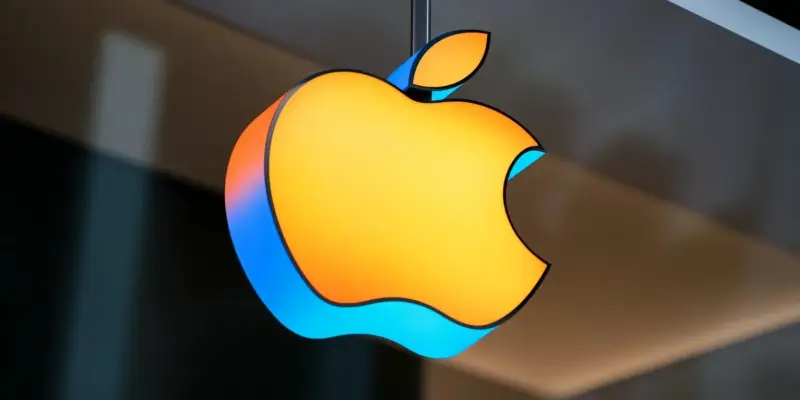As we find ourselves in 2025, the rapid advancements in artificial intelligence (AI) continue to shape the technological landscape, with Google and Apple leading the AI arms race. Google’s AI continues to revolutionize how we interact with technology through its Google Assistant, while Apple’s Siri remains a formidable virtual assistant within the ever-growing Apple ecosystem. As consumers increasingly rely on AI to enhance their daily lives, the question arises: which AI reigns supreme? This analysis delves into the strengths and weaknesses of Google and Apple’s AI offerings, evaluating their virtual assistants, privacy measures, ecosystem integration, and hardware utilization to determine which company provides a superior AI experience.
Virtual Assistants: Siri vs. Google Assistant
Virtual assistants have become an integral part of modern life, providing users with an unprecedented level of convenience and efficiency. Google Assistant stands out for its advanced natural language comprehension and vast knowledge base, which enables it to understand context and deliver accurate, real-time information. Its seamless integration with various Google services, such as Google Lens and real-time translation, further enhances its utility. Recent updates have equipped Google Assistant with the ability to perform app actions, thus broadening its functionality and making it indispensable for many users.
On the other hand, Siri offers a highly personalized experience by leveraging in-device processing to enhance user privacy. Deeply integrated into the Apple ecosystem, Siri manages a multitude of devices including iPhones, iPads, and HomePods. Over the years, significant software updates have vastly improved Siri’s contextual awareness and multi-step command capabilities, allowing it to execute complex commands with ease. These advancements position Siri as a top contender, offering users a refined and user-centric AI experience that is deeply entrenched within Apple’s ecosystem.
Privacy and Data Handling
Privacy remains a critical concern for users when it comes to AI technology, influencing both trust and adoption rates. Google has faced substantial criticism over its data privacy practices, which has spurred the company to introduce more transparent data use policies and enhanced data controls. These measures aim to provide users with greater control over their personal information, ultimately fostering a more secure and trustworthy environment.
Apple, on the other hand, has consistently branded itself as a privacy-centric company, emphasizing the importance of local data processing to minimize data sharing. The introduction of features like App Tracking Transparency and App Store privacy labels demonstrates Apple’s unwavering commitment to user privacy. These initiatives help users understand how their data is being used and offer them the ability to control which apps can track their activity. By focusing on privacy, Apple has managed to build a loyal customer base that values security and control over their personal information.
Integration and Ecosystem
The effectiveness of AI is significantly influenced by its integration within a broader ecosystem of devices and services. Google’s AI is embedded within an extensive array of services including search, maps, and YouTube, creating a seamless and cohesive user experience. The extensive support for third-party applications on the Android platform further enhances the flexibility and practicality of Google’s AI, making it an essential tool for users who rely on a diverse range of apps and services.
In contrast, Apple ensures a cohesive user experience within its ecosystem by seamlessly integrating AI across iOS, macOS, and HomeKit. Features like Continuity and Handoff allow users to switch effortlessly between Apple devices, creating an interconnected and unified ecosystem. This level of integration ensures that users can enjoy a consistent and harmonious experience across all their Apple devices, making it easier to rely on Siri for various tasks, from managing calendars to controlling smart homes.
AI in Hardware and Devices
The implementation of AI in hardware significantly enhances device performance and overall user experience. Google’s utilization of AI in its Pixel devices is evident in features such as computational photography, which leverages software processing to improve image quality. The Tensor G5 processor within these devices powers advanced AI features such as real-time language translation and personalized recommendations, setting Google apart in terms of AI-driven hardware capabilities.
Apple’s AI integration is equally impressive, particularly in its latest iPhone 16e, which utilizes the A18 chip to boost camera capabilities and provide tailored user experiences. By prioritizing on-device processing, Apple not only enhances security but also ensures efficiency and speed. This approach is evident in the seamless operation of features like image recognition and natural language processing, which are essential for delivering a top-tier AI experience.
The Verdict
As we navigate through 2025, the swift advancements in artificial intelligence (AI) continue to reshape the technological world, with Google and Apple at the forefront of this AI race. Google’s AI technology has transformed our interactions with tech through the innovative Google Assistant, whereas Apple’s Siri remains a key player within the expanding Apple ecosystem. As consumers increasingly depend on AI to improve their everyday lives, the question emerges: which AI stands out? This analysis explores the pros and cons of Google and Apple’s AI solutions, assessing their virtual assistants, privacy protocols, ecosystem integration, and hardware usage to ascertain which company delivers a superior AI experience. Through a detailed evaluation of their capabilities, we aim to determine if Google continues to lead with its comprehensive AI integration or if Apple has managed to catch up with its seamless ecosystem and privacy-focused innovations.

